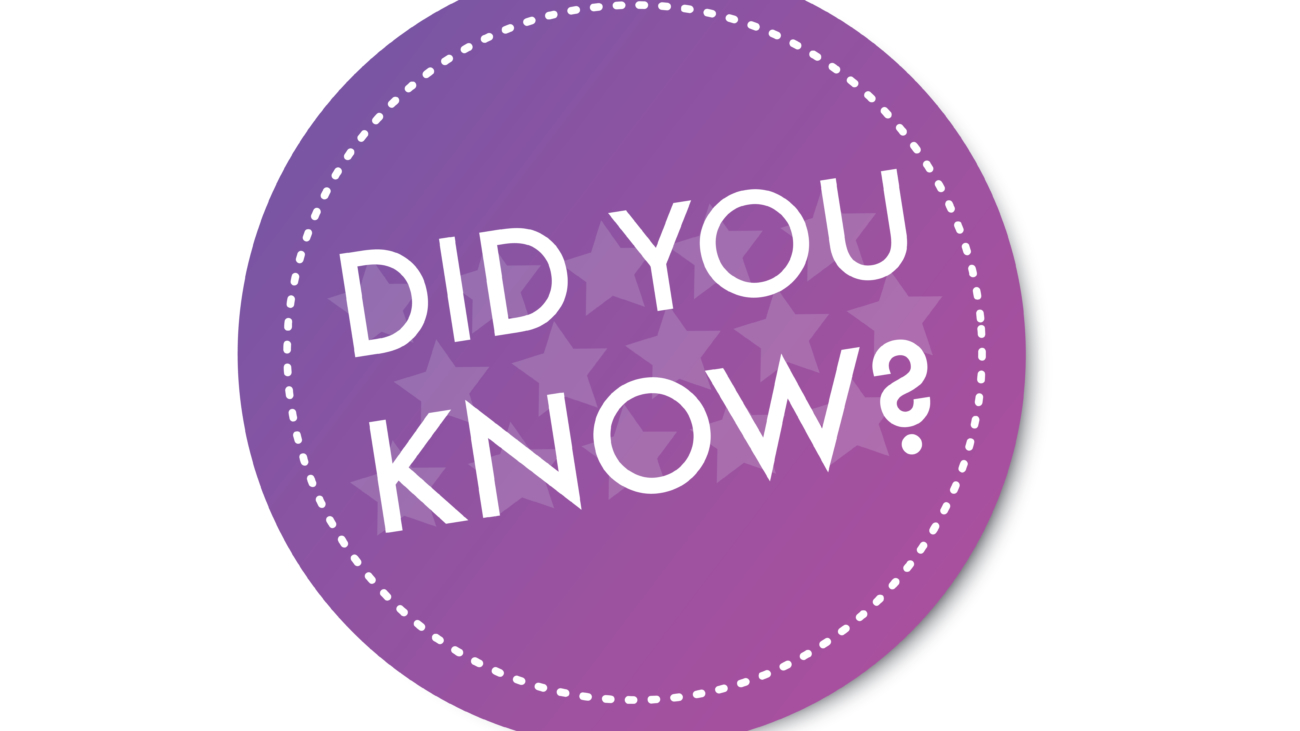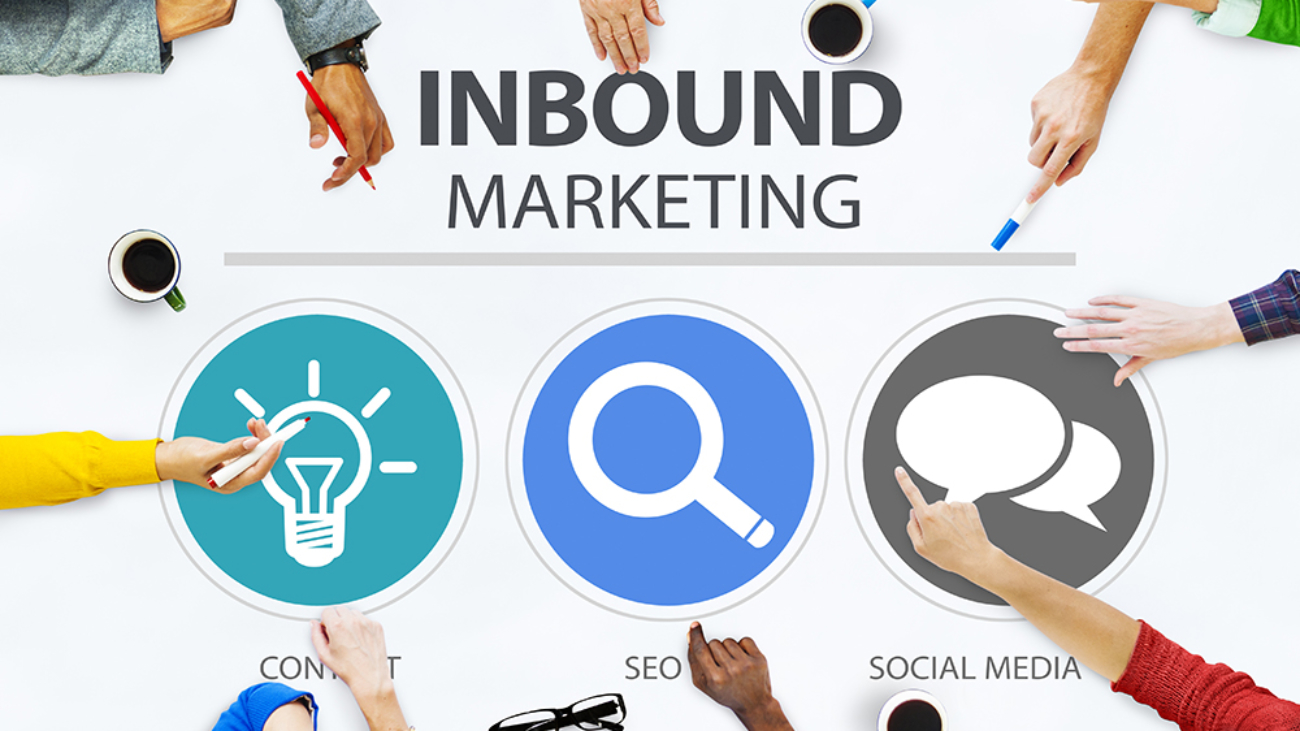 The 10 best Facebook marketing campaigns from this past year provide insight into what works on social media. This year marked the fourth year for the Facebook Awards, where top creative work is honoured. The winners received blue, gold, and silver honours in various categories.
The 10 best Facebook marketing campaigns from this past year provide insight into what works on social media. This year marked the fourth year for the Facebook Awards, where top creative work is honoured. The winners received blue, gold, and silver honours in various categories.
This past year, more than 160 countries submitted award entries—more than twice the amount of countries than participated the previous year. Of the submissions, the popular entries were mobile advertisements and video. In fact, seventy percent of the submissions involved a component of video for building a brand story.
Facebook chose six award categories, considering creative content, use of targeted technology, social strategies, and results.
This year was also the first year that Facebook included winners of impactful Instagram campaigns.
In 2014, Facebook made $12.5 billion in advertising revenue. Seventy percent of the business is made up of mobile advertising sales.
Marketers, agencies, and brands use Facebook to get creative and tailor promotional content to their target audiences.
1. The Ice Bucket Challenge
Client: The ALS Association
Goals: Awareness, sales, online traffic
Award Category: Facebook for good
People with ALS raised awareness of the condition in the summer of 2014 by having others dump buckets of ice over their heads, record it, and share the video online, issuing a challenge to another individual to do the same thing.
The best use of Facebook marketing this past year was The Ice Bucket Challenge. This viral campaign received an unprecedented amount of praise, even inspiring Mark Zuckerberg to participate. Zuckerberg was one of millions to dump a bucket filled with ice water over his head to raise awareness for ALS. The challenge became a powerful online movement that achieved its objective.
Results: 17 million videos were uploaded from 159 countries. It generated 70 billion views and raised $220 million. No money was spent to promote the challenge and 440 million people saw it.
2. Like A Girl
Client: Procter & Gamble
Advertising Agency: Chicago, London/Holler, Leo Burnett
Goals: Build awareness and boost purchase intent, drive an emotional connection to Always
Award Category: Craft (blue winner)
Using the hashtag #likeagirl, Always—a feminine-hygiene brand— asked people to change their perception of what it means to “act like a girl” and confronted gender norms. This video showed young girls running, throwing, and punching with positive representation of what it means for a girl to do those things.
Results: This was the most watched video in Procter & Gamble’s history, with 76 million views around the globe. Emotional connection increased from 38 percent to 41 percent, ad recall was 47 percent, and brand linkage 59 percent. Teen purchase intent rose from 40 percent to 60 percent, and earned impressions hits 250 million.
3. #KISSaLOT – The World Under Mistletoe
Client: LOT Polish Airlines
Advertising Agency: DDB and Tribal Warszawa
Goals: Awareness, Drive Traffic
Award Category: Media Strategy (gold)
This airline added mistletoe to their planes and encouraged people who were on the ground to track flights and kiss when they were flying overhead. They used Facebook ads to target people when planes were en route to different cities.
Results: Campaign received more than $300,000 worth of free media attention in the form of blog exposure, likes, and shares on Facebook.
4. KAFA
Advertising Agency: Leo Burnett Beirut
Goals: Awareness
Award Category: New Frontier (gold)
This campaign supported legislation in Lebanon aimed at protecting women from domestic violence. People all over the world showed support by dipping their thumbs in red ink and showing a thumbs-up, making the “red thumb” a symbol for the cause.
Results: The law passed, the campaign garnered $1.7million in free video, 20,000 red thumbs were shared, and there was a 700 percent increase in online conversation about domestic violence.
5. I Will What I Want
Client: UnderArmour
Advertising Agency: Droga
Goals: Brand lift, traffic, sales, drive purchase intent, awareness
Award Category: Integrated (gold)
UnderArmour wanted to broaden its appeal among women and used a social campaign starring ballerina Misty Copeland and Gisele Bundchen to do so. They invited people to comment, and the messages were used in the campaign as well.
Results: Garnered $35 million in free media and a 42 percent boost in traffic to their website. Women’s sales lifted 28 percent, and they received 5 billion media impressions.
6. New Friend Request
Client: Kraft Foods
Advertising Agency: CP+B
Goals: brand positioning, sales, and awareness
Award Category: Craft (Silver)
A1 Original Sauce, in an effort to friend other foods, created a Facebook campaign showing that it was in a relationship with steak, but could connect with other meets, like pork, too. The ad was used to show people that the sauce is versatile and goes well with a number of meats.
Results: The video received 200 comments, 3,000 likes, and 1.3 million views.
7. Build a GLA on Instagram
Client: Mercedes-Benz USA
Advertising Agency: Razorfish
Goals: Lift traffic and sales, and drive intent, preference, and awareness
Award Category: Craft (silver)
Mercedes sought a younger audience for its GLA, so it launched a campaign that allowed people to customise a car on Instagram. It also promoted the video on Facebook to a specific target audience.
Results: 20,000 new followers on Facebook and 100,000 Instagram likes.
8. Buds for Buds
Client: Anheuser-Busch
Advertising Agency: Gratafy
Goals: Increase online and offline traffic, sales, awareness, and drive intent and preference
Award Category: Social Technology (silver)
This beer brand created a promotion to buy a friend a beer with a redeemable coupon at a local bar in Denver or Chicago. They targeted people with Facebook friends in the two major cities.
Results: A threefold lift in in-bar sales from consumers who spent more than the value of the coupon on additional beers and 23 million earned media impressions.
9. Love Has No Labels
Client: AdCouncil
Advertising Agency: R/GA
Goals: Raise awareness
Award Category: Integrated (silver)
This campaign was meant to show that differences are only skin deep. A large X-ray screen was installed for public viewing and couples danced, hugged, kissed, and interacted behind it before stepping out to show the public who they were.
Results: The second most viral public service announcement in history with 40 million views in two days.
10. Newcastle Band of Bands
Advertising Agency: Droga5
Goals: Drive traffic, sales, brand awareness, preference, and purchase intent.
Award Category: Integrated (silver)
This beer company got into the Super Bowl once again without buying advertising space. It did so by crowdfunding a commercial with approximately 30 like-minded brands, which would briefly be featured in the video. The ad ran on Facebook and one time during the game.
Results: 33 million online views overall with 2.9 million views on Facebook and 2.3 billion total campaign impressions.
 Does your brand require new marketing material items, or an update to your pre-existing print marketing collateral in iDashboard?
Does your brand require new marketing material items, or an update to your pre-existing print marketing collateral in iDashboard?


 Welcome to the Third Part of our Three Part Series: 6 Key House Hunting Trends and Opportunities that Search Reveals.
Welcome to the Third Part of our Three Part Series: 6 Key House Hunting Trends and Opportunities that Search Reveals.
 Welcome to the Second Part of our Three Part Series: 6 Key House Hunting Trends and Opportunities that Search Reveals.
Welcome to the Second Part of our Three Part Series: 6 Key House Hunting Trends and Opportunities that Search Reveals.
 Welcome to the First Part of our Three Part Series: 6 Key House Hunting Trends and Opportunities that Search Reveals.
Welcome to the First Part of our Three Part Series: 6 Key House Hunting Trends and Opportunities that Search Reveals.
 Content Drives Social Media
Content Drives Social Media
 A lack of communication is the Number 1 Complaint about Real Estate Agents. Using iDashboard you can make sure you’re the agent clients are boasting about, not complaining about.
A lack of communication is the Number 1 Complaint about Real Estate Agents. Using iDashboard you can make sure you’re the agent clients are boasting about, not complaining about.
 The competition among companies is expected to heat up this year with over 50% set to increase their marketing budget in 2015. This is crucial for all businesses – regardless of size – because every business needs to vigilantly protect their brand as competitors tailor their strategy for growth.
The competition among companies is expected to heat up this year with over 50% set to increase their marketing budget in 2015. This is crucial for all businesses – regardless of size – because every business needs to vigilantly protect their brand as competitors tailor their strategy for growth.
 From the Attorney-General’s Department
From the Attorney-General’s Department
 “Inbound marketing” is a new term that is popping up in internet-land, causing some to wonder what exactly it means. Inbound marketing is the process of creating and sharing content which is aimed at turning strangers into clients and promoters.
“Inbound marketing” is a new term that is popping up in internet-land, causing some to wonder what exactly it means. Inbound marketing is the process of creating and sharing content which is aimed at turning strangers into clients and promoters.
 The 10 best Facebook marketing campaigns from this past year provide insight into what works on social media. This year marked the fourth year for the Facebook Awards, where top creative work is honoured. The winners received blue, gold, and silver honours in various categories.
The 10 best Facebook marketing campaigns from this past year provide insight into what works on social media. This year marked the fourth year for the Facebook Awards, where top creative work is honoured. The winners received blue, gold, and silver honours in various categories.